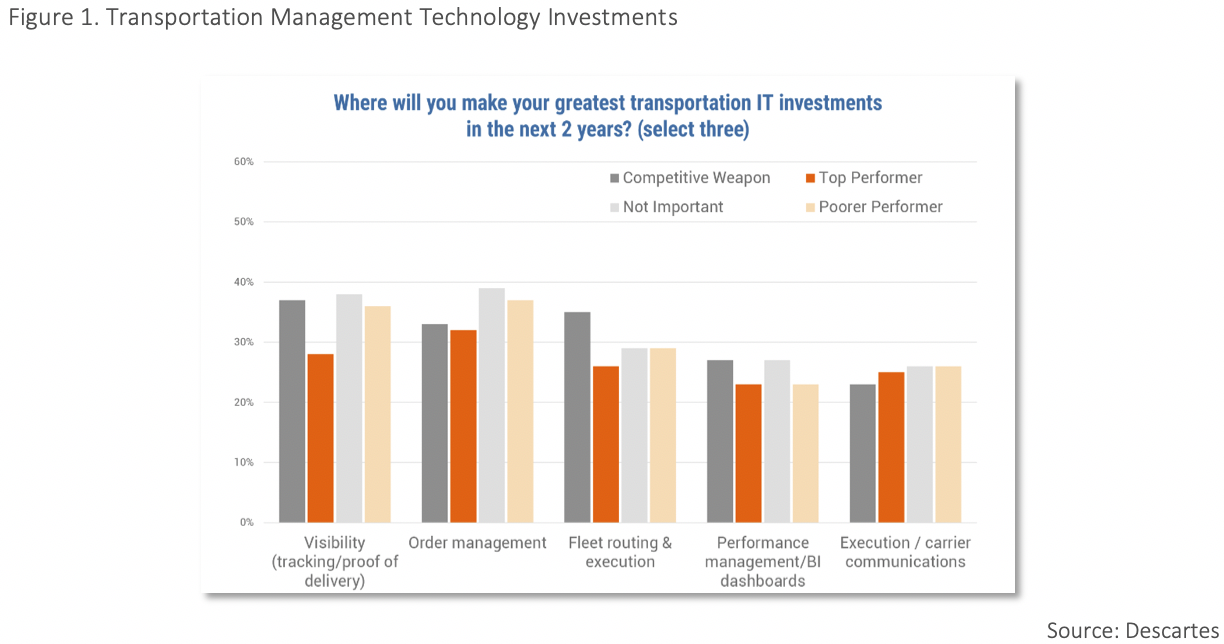Innovate and thrive to follow the pathway to success in logistics technology, writes Tim Dunn (pictured) of Phoenix Equity Partners.
In the ever-evolving world of logistics, technology is the key to enhancing efficiency and propelling companies towards their strategic goals. The logistics technology sector has undergone significant advancements in recent years, contributing to improved asset utilisation, enhanced driver safety, and better overall planning. Below, we’ll explore the critical components that have moved the sector forwards. We will also address a pressing question: What features are essential for a competitive edge in the logistics tech space?
Recent advancements driving progress
Recent technological advancements have revolutionised logistics technology, significantly boosting efficiency and ESG compliance efforts. Cutting-edge resources like in-cab telematics, Transport Management Systems (TMS), multi-modal software planning solutions, and fleet tracking and monitoring technology have been instrumental in this transformation. In-cab telematics offer real-time data on vehicle performance and driver behaviour, enhancing safety and operational efficiency. The adoption of TMS has grown, allowing for improved planning and utilisation of assets, leading to reduced fuel consumption and emissions, aligning with fundamental ESG goals.
Multimodal software planning solutions optimise logistics across different transportation systems, improving overall efficiency. Companies are also making greater use of enhanced tracking systems, allowing them to better manage their fleets, leading to cost savings and improved overall service. The integration of these technologies has had a profound impact on the industry. Better planning through TMS has not only optimised asset utilisation but also reduced idle times and unnecessary trips. Furthermore, advanced telematics tools have improved driver health and safety, further advancing ESG goals. While progress is clear, collaboration between different systems and networks remains limited, increasing the importance of platform marketplaces.
The power of platform marketplaces
Platform marketplaces are essential in the logistics tech landscape, offering a range of benefits that foster a more integrated and collaborative environment. As open networks, users can plan across multiple fleets and logistics providers. Unlike traditional TMS, which is generally confined to a single fleet, these marketplaces enable wider collaboration and optimal resource management. Additionally, smaller logistics companies can benefit from the scale and efficiency of larger networks. Palletways, one of Phoenix’s most successful investments, thrived by leveraging this technology. User-friendly and free from the complications of legacy technology, they also offer a variable cost model that makes them accessible to a wide range of users without hefty upfront expenses.
The characteristics of a successful logistics technology business
There are several key features that should define a successful logistics technology business. First, being asset-light is crucial. Businesses that do not own significant physical assets can remain agile and reduce overhead costs, allowing them to scale quickly and adapt to shifting market dynamics. Expertise in a specific market niche or segment is another invaluable trait. Companies that leverage deep industry knowledge can offer tailored solutions that meet unique customer needs. Successful businesses also capitalise on macro trends such as the growth of e-commerce and the digital transformation of manual processes to serve ongoing demand for advanced logistics solutions.
Data is another driver of success. Incorporating compliance data into core logistics solutions ensures that businesses meet regulatory requirements and can demonstrate their commitment to sustainability objectives. Finally, a scalable technology platform is a hallmark of any successful business, enabling it to handle increased demand and expand functionality without extensive need for reengineering.
The successful businesses in the logistics technology sector are those that have harnessed technology advancements, leverage platform marketplaces, and embody core characteristics, such as being asset-light and leveraging specific industry knowledge. By focusing on these elements, logistics technology companies can drive efficiency, enhance the employee experience and achieve sustainable growth. Logistics technology doesn’t stand still and embracing change will be key to a smarter, better-connected industry.
read more
Connectedness and the supply chain at the heart of business success












